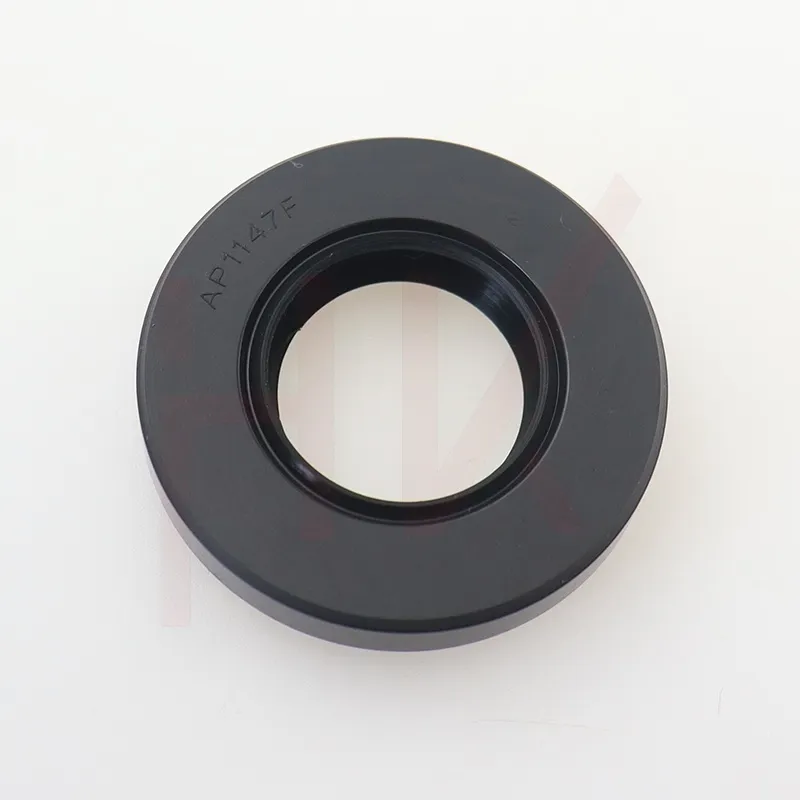Dec . 17, 2024 21:53 Back to list
Understanding Hydraulic Cylinder Oil Seal Applications and Maintenance Techniques
Understanding Hydraulic Cylinder Oil Seals Essential Components in Hydraulic Systems
Hydraulic systems are critical in a multitude of applications, ranging from industrial machinery to automotive systems. At the heart of these systems lies a crucial component known as the hydraulic cylinder, which facilitates the conversion of hydraulic energy into mechanical force. However, to ensure the efficient and reliable operation of hydraulic cylinders, one must pay close attention to the design and function of hydraulic cylinder oil seals.
What Are Hydraulic Cylinder Oil Seals?
Hydraulic cylinder oil seals, also known simply as seals, are designed to prevent the escape of hydraulic fluid from the cylinder while also keeping contaminants, such as dust and dirt, from entering. These seals are essential for maintaining system pressure and efficiency, as well as extending the lifespan of hydraulic components. They serve two primary functions sealing and guiding.
1. Sealing Function The primary purpose of the oil seal is to prevent hydraulic fluid from leaking out of the cylinder. If the seal is compromised, it can lead to reduced system pressure, which directly affects the performance of the hydraulic system. Furthermore, leaks can cause safety hazards and environmental issues, particularly in industrial settings where hydraulic fluids can be harmful.
2. Guiding Function In addition to sealing, hydraulic seals also help to guide the piston within the cylinder. This is important for minimizing wear and tear on both the piston and the cylinder walls, enhancing the overall durability of the hydraulic system.
Types of Hydraulic Cylinder Oil Seals
Several types of oil seals are utilized in hydraulic cylinders, each designed for specific applications and conditions. Some of the most common types include
- U-Cup Seals These are highly effective for preventing leaks and are widely used in hydraulic cylinders
. They are named for their U-shaped design, which provides excellent sealing capability even under high pressure.- O-Rings While they are typically used in various sealing applications, O-rings can be found in hydraulic cylinders as well. They are simple in design and effective in maintaining a seal, but they might not perform as well under extreme pressure compared to U-cups.
hydraulic cylinder oil seal

- Wiper Seals These seals are designed to keep contaminants out of the cylinder by wiping the rod clean as it retracts. This helps to preserve the integrity of the internal components and prolongs the life of the hydraulic cylinder.
Selecting the Right Oil Seal
Choosing the appropriate hydraulic cylinder oil seal depends on several factors, including the operating conditions, the type of hydraulic fluid used, and the specific application. Here are some key considerations
- Material Seals can be made from various materials such as rubber, polyurethane, or PTFE. Each material offers different benefits in terms of temperature tolerance, chemical compatibility, and wear resistance. For instance, PTFE seals are excellent for high-temperature applications, while rubber seals are suitable for general purposes.
- Size and Design It's crucial to select the right size and design of the seal to ensure a proper fit within the hydraulic cylinder. An incorrectly sized seal can lead to leakage and premature failure.
- Operating Conditions Consider the working pressure, temperature range, and the presence of any chemicals or contaminants. The chosen seal must withstand these conditions to maintain its integrity and performance.
Maintenance and Replacement
Regular maintenance is essential for ensuring the longevity and efficiency of hydraulic cylinder oil seals. This includes inspecting seals for signs of wear, replacing them when necessary, and ensuring that the operating conditions remain within specified limits. Signs that an oil seal may need replacement include leaks, increased noise during operation, or reduced system performance.
Conclusion
Hydraulic cylinder oil seals are fundamental components in hydraulic systems, playing a crucial role in sealing, guiding, and maintaining the efficiency of hydraulic operations. By understanding the types of seals available, how to select the right one, and the importance of maintenance, users can ensure that their hydraulic systems operate effectively and reliably. Investing in high-quality seals and regular maintenance not only enhances performance but also extends the lifespan of hydraulic components, ultimately leading to more efficient and cost-effective operations.
-
TCN Oil Seal Metal Ring Reinforcement for Heavy Machinery
NewsJul.25,2025
-
Rotary Lip Seal Spring-Loaded Design for High-Speed Applications
NewsJul.25,2025
-
Hydraulic Cylinder Seals Polyurethane Material for High-Impact Jobs
NewsJul.25,2025
-
High Pressure Oil Seal Polyurethane Coating Wear Resistance
NewsJul.25,2025
-
Dust Proof Seal Double Lip Design for Construction Equipment
NewsJul.25,2025
-
Hub Seal Polyurethane Wear Resistance in Agricultural Vehicles
NewsJul.25,2025
-
The Trans-formative Journey of Wheel Hub Oil Seals
NewsJun.06,2025
Products categories
















